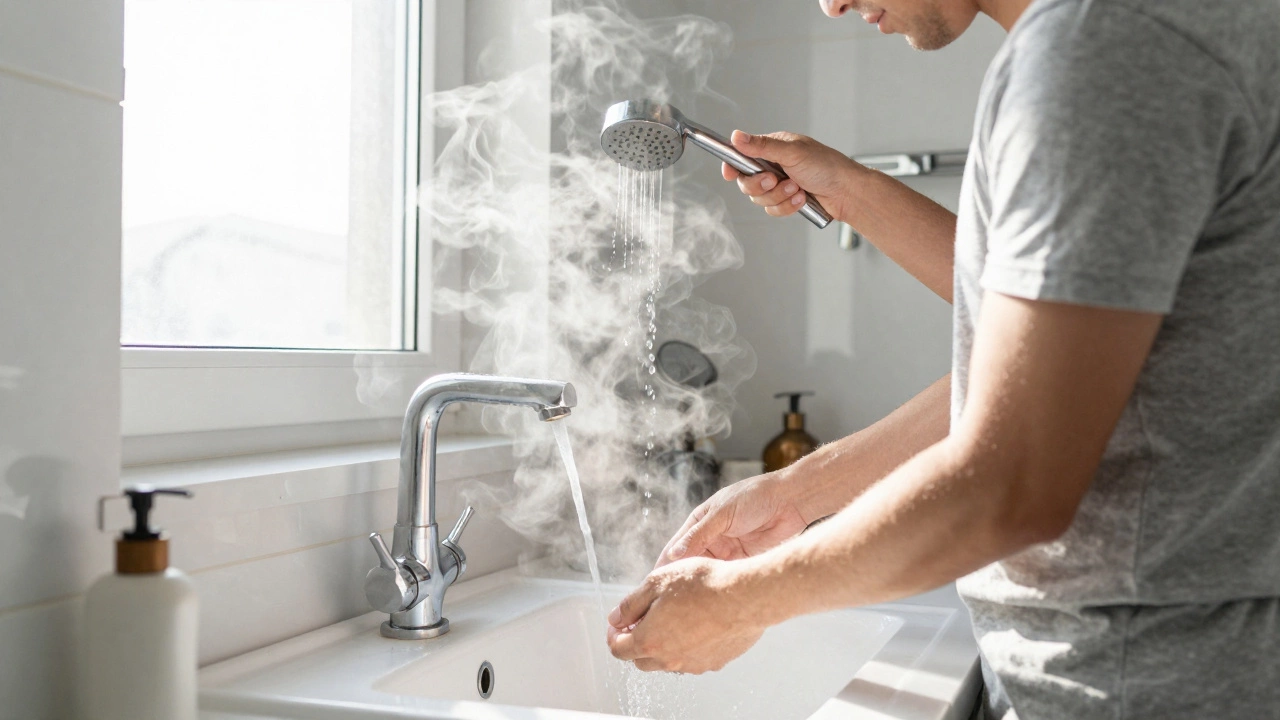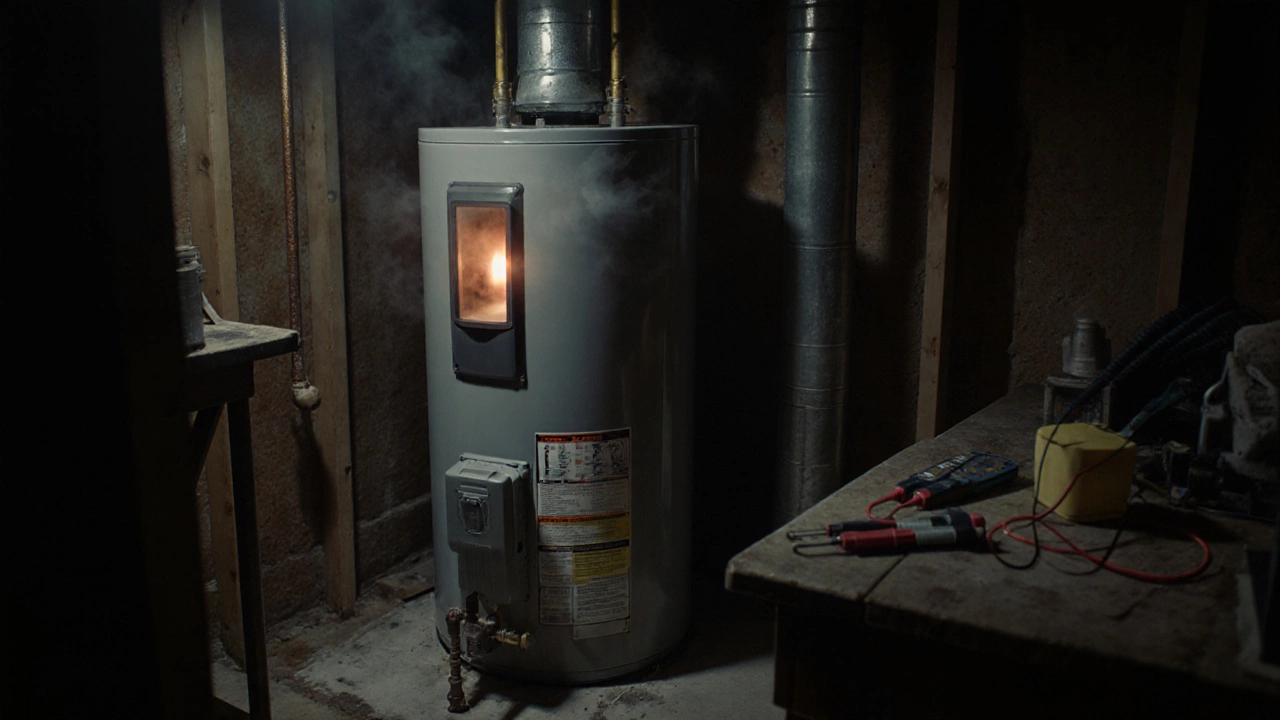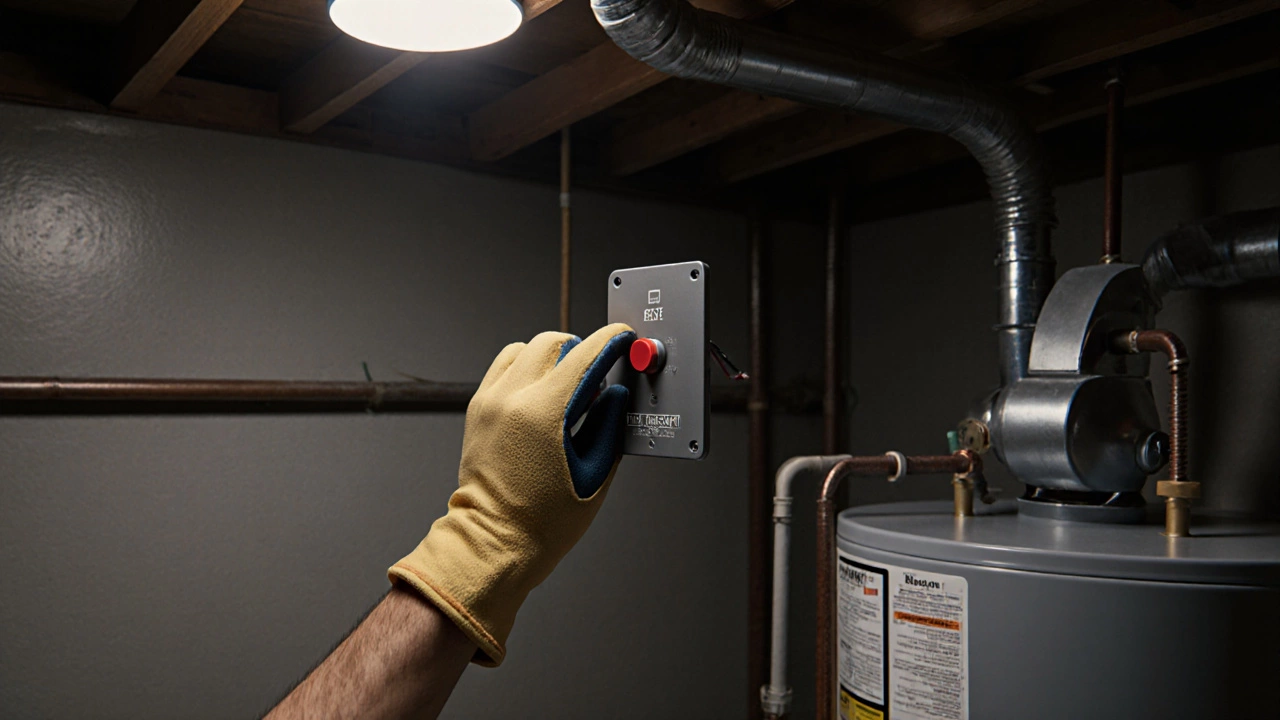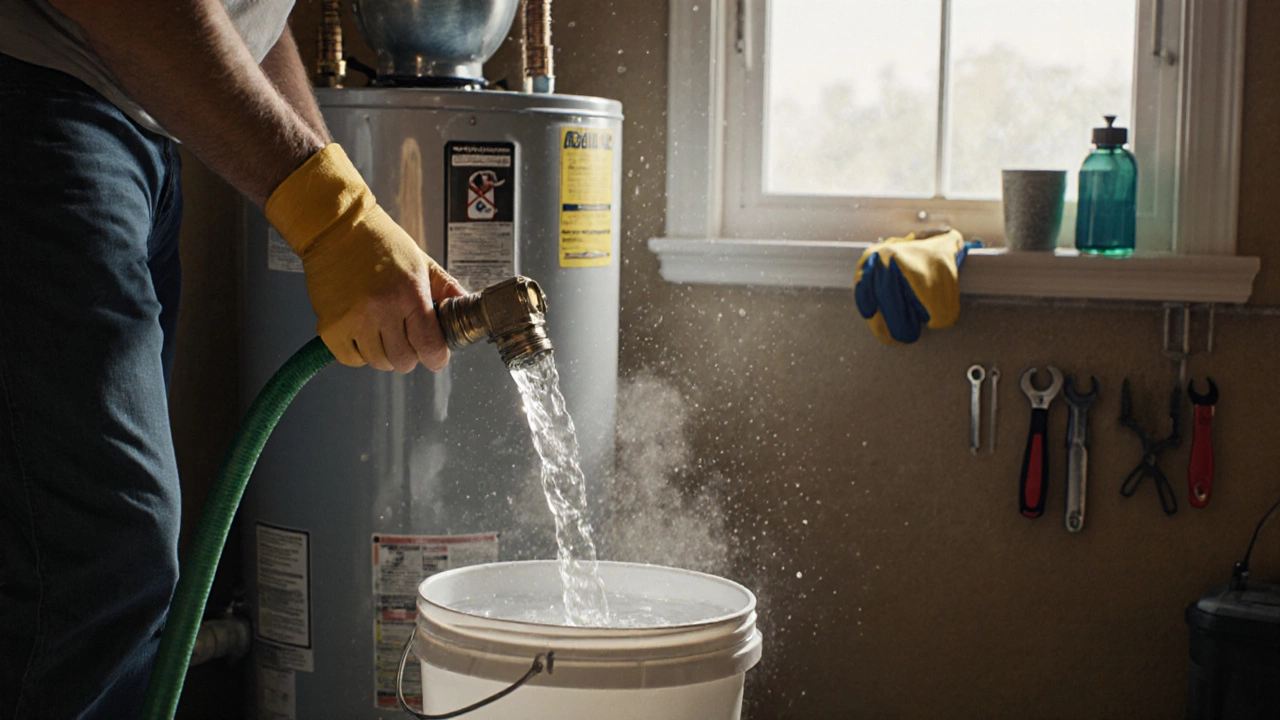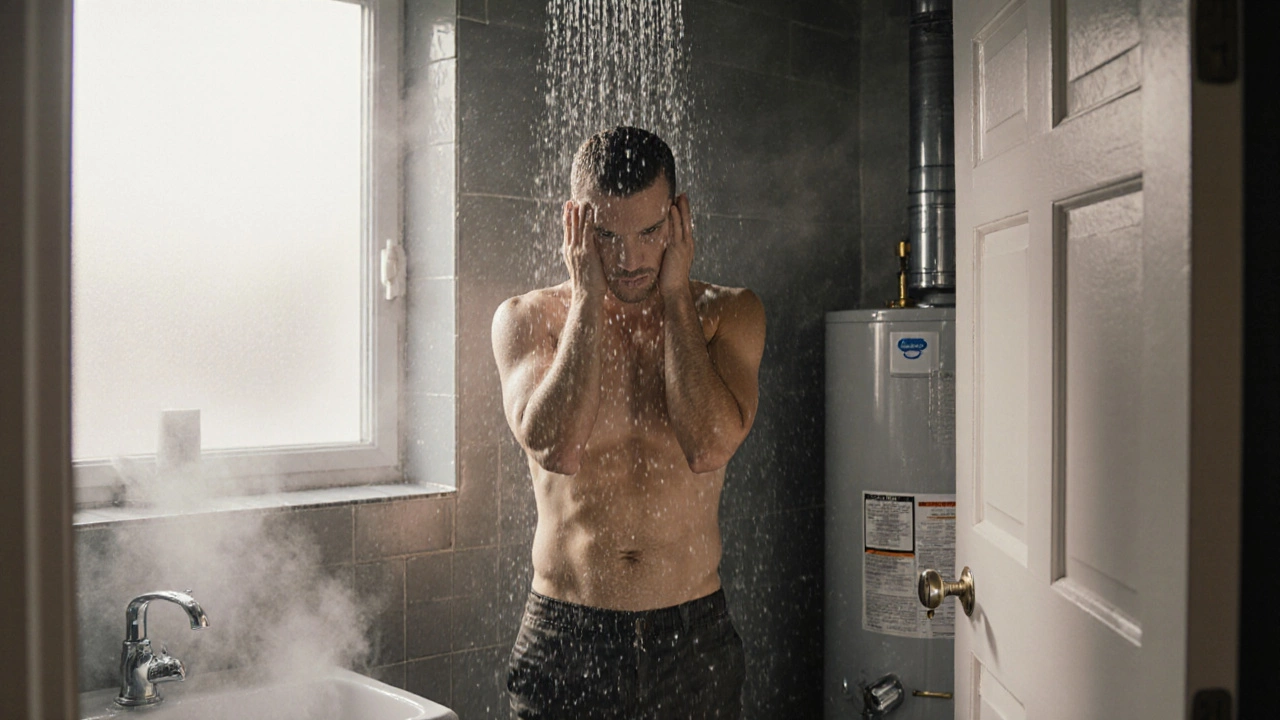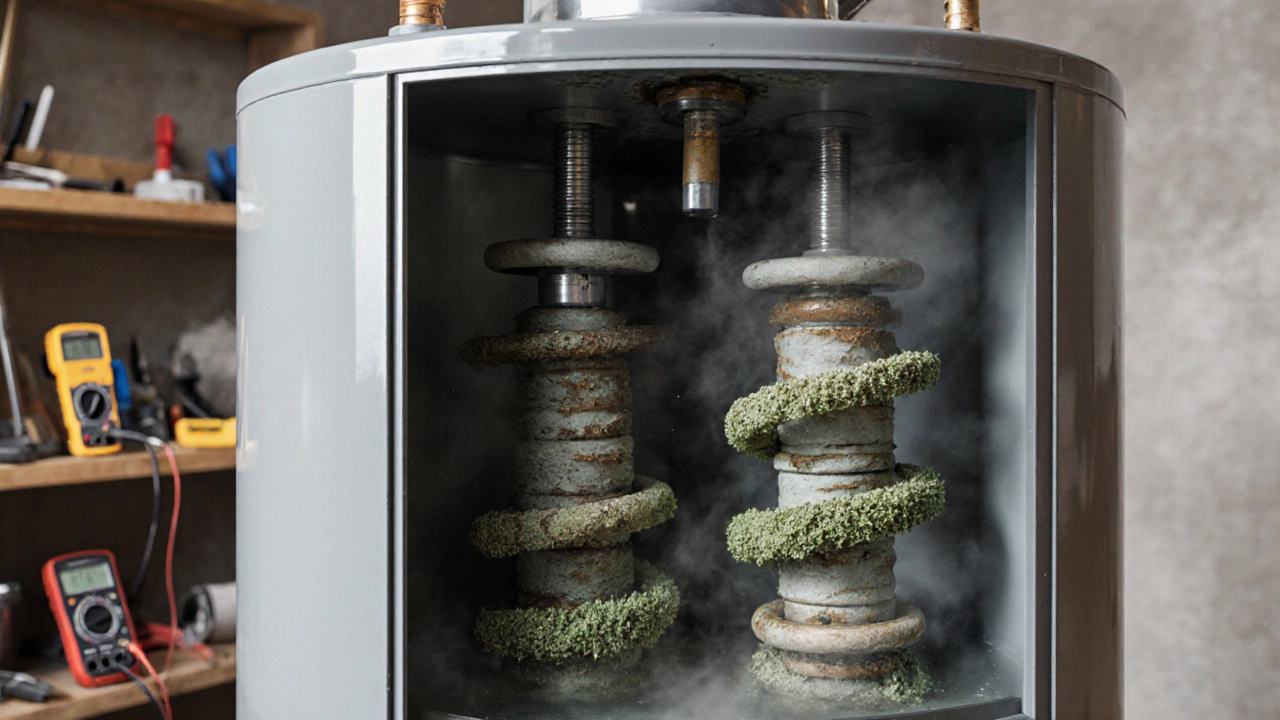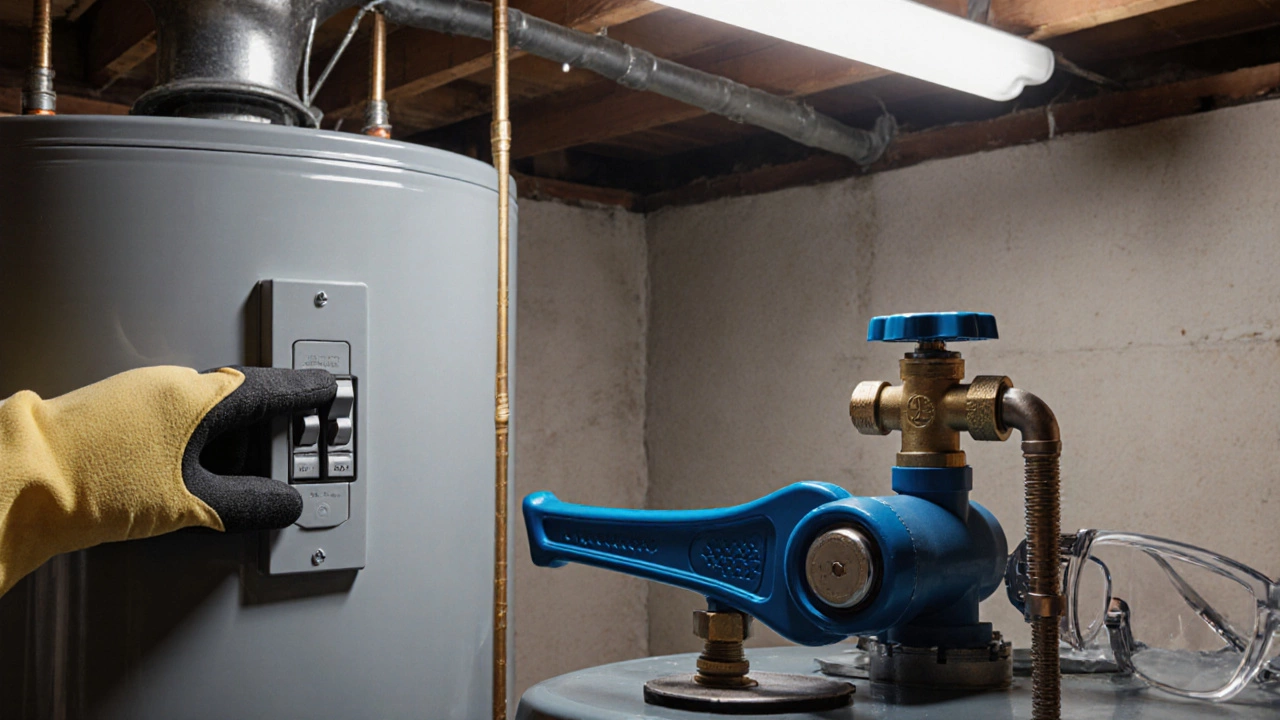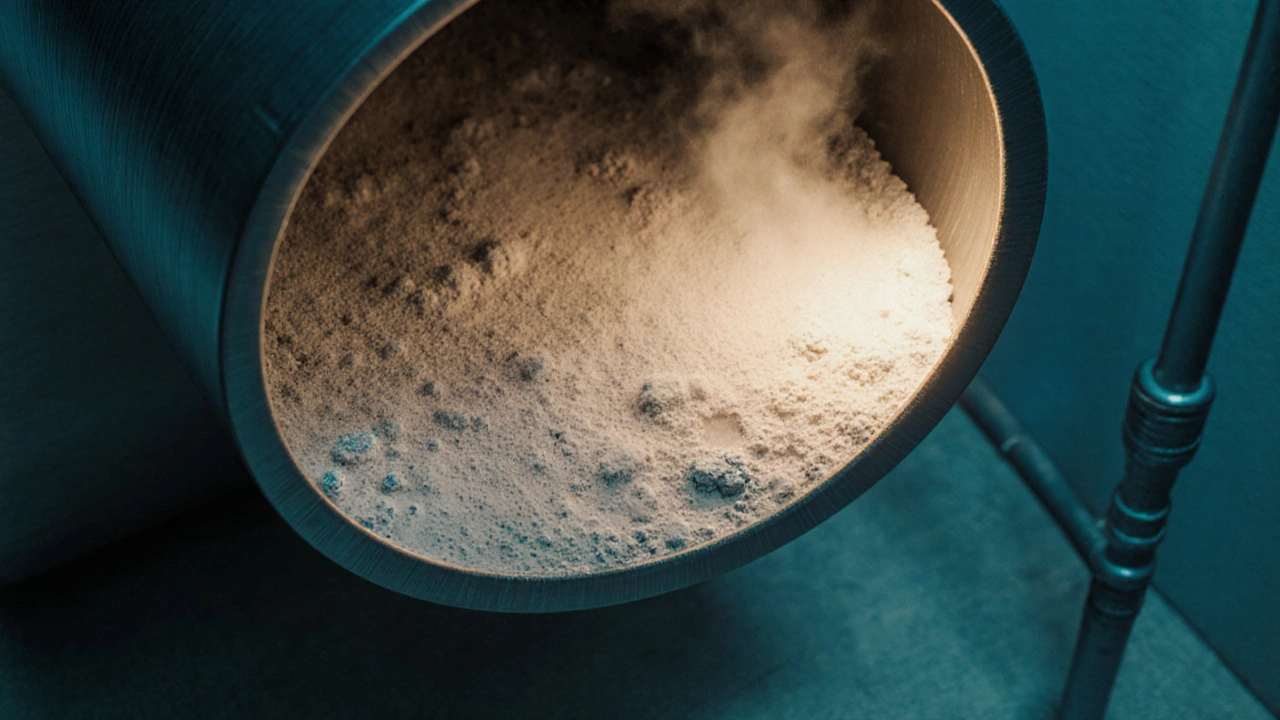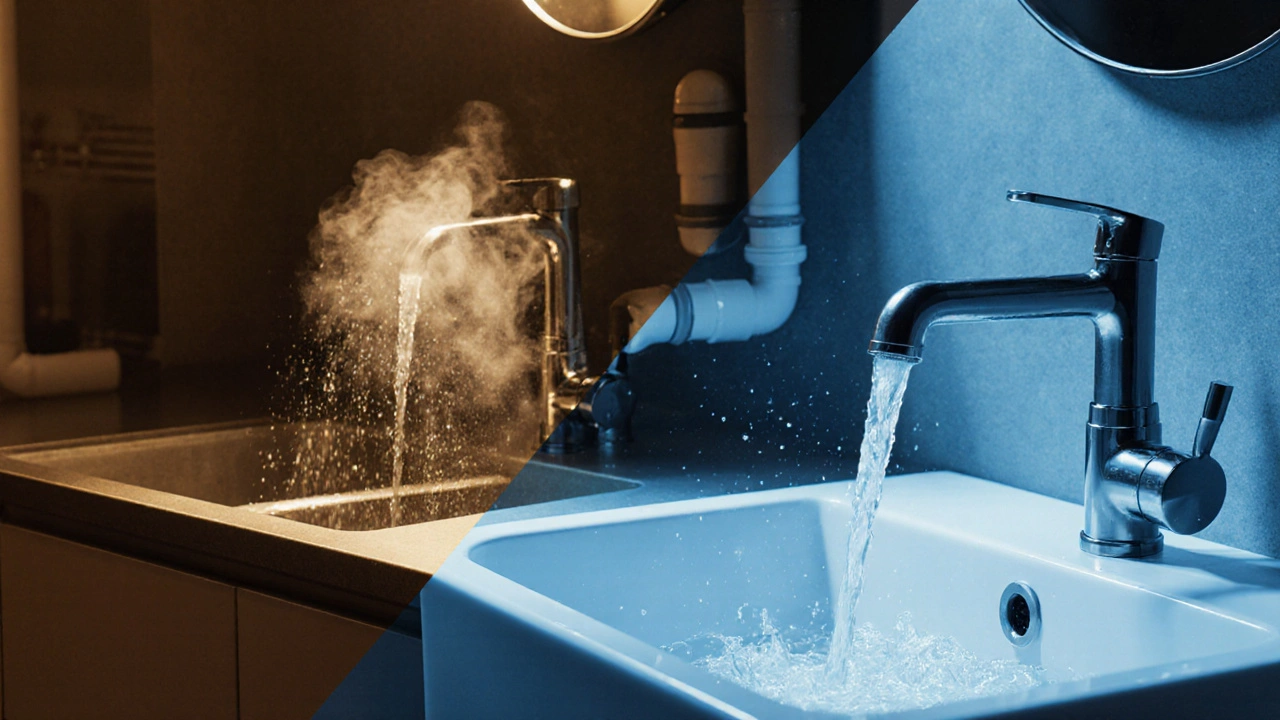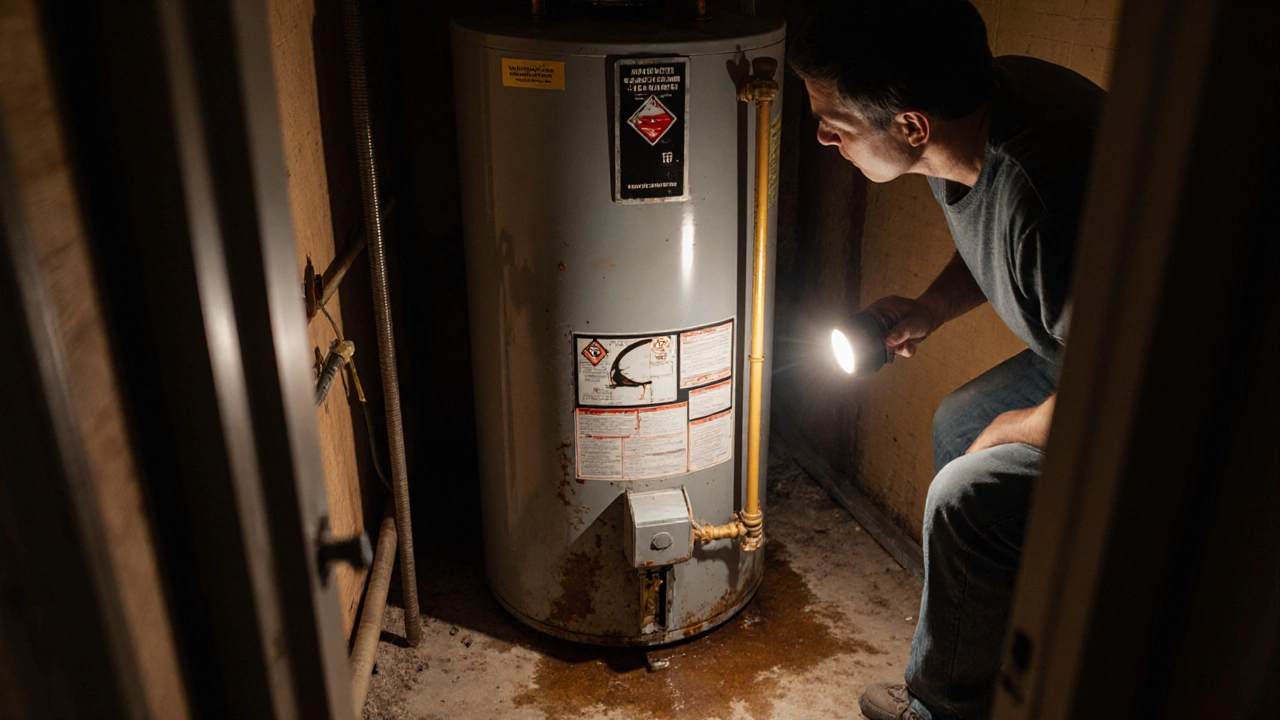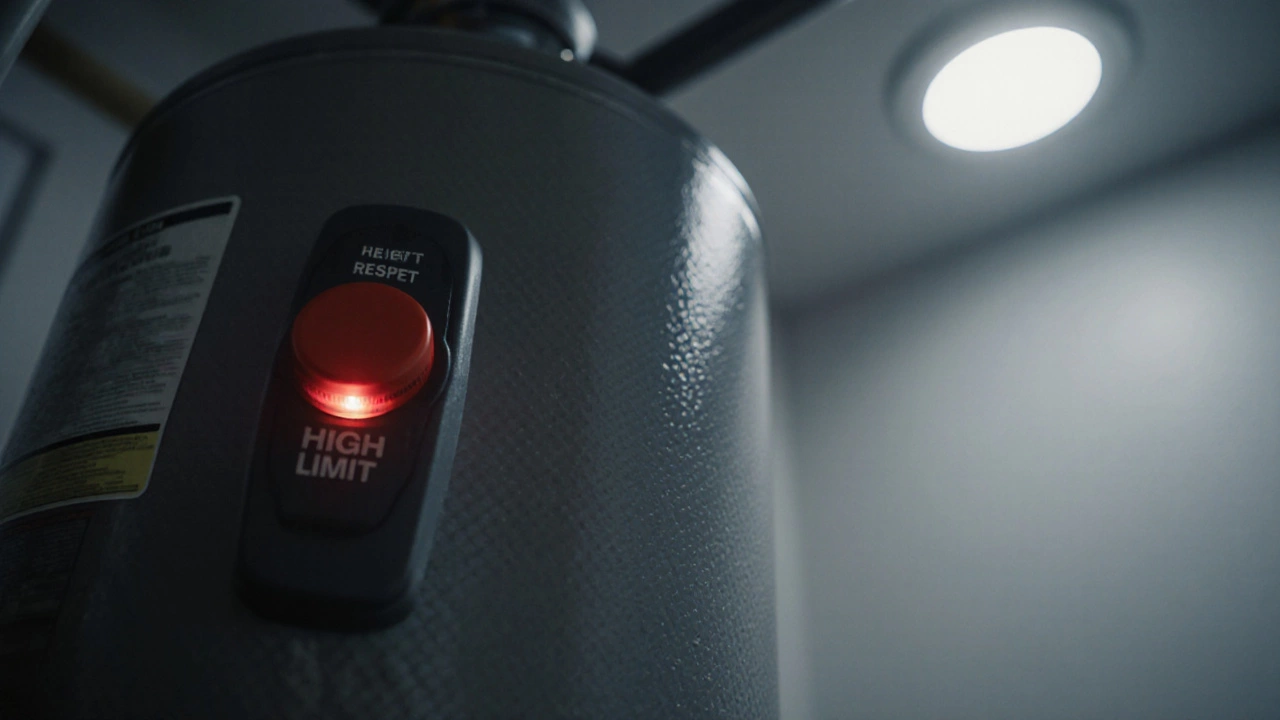No hot water in the shower? This step-by-step guide shows you how to fix common water heater problems yourself-from resetting breakers to flushing sediment-before calling a plumber.
Water Heater Repair: Quick Fixes and When to Call a Pro
If your shower feels like ice water, you know a broken water heater can ruin a day. The good news? Many problems have easy fixes you can try at home. Knowing what to check first saves time, money, and the hassle of waiting for a technician.
Why Your Water Heater Might Stop Working
Most water heater failures boil down to three culprits: power issues, thermostat problems, and leaks. A tripped breaker or a blown fuse can cut power to electric heaters in seconds. Gas heaters rely on a pilot light or igniter; if that goes out, no hot water either. Thermostats control temperature, and a faulty one can make the heater think it’s already hot, so it never turns on.
Leaks are another silent threat. A small drip around the tank can lower water pressure and cause the heater to shut off as a safety measure. Look for puddles on the floor or damp spots on the walls near the unit. If you spot a leak, it’s usually a sign that the tank’s inner lining has failed and the whole heater may need replacement.
DIY Checks Before Calling a Technician
Before you pick up the phone, run through these quick steps. First, reset the breaker or replace a blown fuse for electric models. For gas units, make sure the gas valve is open and try relighting the pilot according to the manufacturer’s instructions. If the heater has a reset button, press it – many models have a safety reset that trips during a short‑circuit.
Next, check the thermostat. Most heaters have a dial set between 120°F and 140°F. If it’s set too low, you’ll get lukewarm water. Turn it up a few degrees and wait 30 minutes to see if the water gets hotter.
Finally, inspect the venting (for gas heaters) and the drainage pipe. A clogged vent can cause the burner to shut down, while a blocked drain may cause pressure buildup. Clear any debris you see, but don’t force anything that looks stuck – you could damage the system.
If these checks don’t bring back hot water, it’s time to call a professional. A qualified technician can test the heating element, replace a faulty thermostat, or diagnose internal tank corrosion. Trying to open the tank yourself is risky; the water inside can be scalding and the tank is under pressure.
Regular maintenance can keep these problems at bay. Flush the tank once a year to remove sediment that builds up at the bottom and reduces heating efficiency. Test the pressure‑relief valve by lifting its lever – water should flow out and stop when released. Replace the anode rod every few years; it protects the tank from rust.
When you search for a repair service, look for a company that offers same‑day service, transparent pricing, and a warranty on parts. In Mumbai, many local technicians also handle other appliances, so you can bundle repairs for a better rate.
Remember, a functional water heater is about safety as much as comfort. If you notice strange noises, foul smells, or water that’s either too hot or not hot enough, don’t ignore it. Early detection prevents bigger, costlier repairs down the road.
Bottom line: start with the simple power and thermostat checks, keep the tank clean, and call a trusted repair service when the issue persists. With the right steps, you’ll be back to warm showers in no time.
The most common cause of no hot water is a pilot light that went out, especially in gas water heaters. Other frequent issues include a faulty thermocouple, sediment buildup, or a tripped thermostat. Learn how to diagnose and fix it yourself before calling a pro.
Learn how to safely reset a hot water heater when it stops producing hot water. Step-by-step guide for electric and gas models, including troubleshooting, maintenance tips, and when to replace your unit.
Flushing a 10-year-old water heater can extend its life and save energy - but only if done safely. Learn when it helps, when it doesn't, and what to do next.
Flushing your water heater removes harmful sediment that reduces efficiency and shortens its lifespan. Learn why flushing beats simple draining and how to do it yourself to save money and avoid sudden failures.
Your hot water stopped suddenly? It’s usually not a major failure. Learn the 6 most common causes-from tripped breakers to sediment buildup-and how to fix them yourself or know when to call a pro.
If your hot water runs out too fast or takes forever to heat up, your water heater element may be bad. Learn the 7 clear signs and how to test or replace it yourself.
Learn how to verify if your water heater is functioning correctly with a step‑by‑step DIY checklist, safety tips, and key tests for temperature, valves, and heating elements.
Discover the most common reasons water heaters fail, how to spot each problem, and practical steps to repair or prevent costly breakdowns.
Find out why your kitchen gets hot water while the bathroom stays cold, learn the common causes, step‑by‑step diagnostics, DIY fixes, and when to call a pro.
Find out if fixing a 20‑year‑old water heater makes sense. Learn costs, safety issues, efficiency tips, and a step‑by‑step decision checklist for homeowners.
Learn why hot water heater reset buttons trip, common causes like faulty thermostats or sediment, and step‑by‑step fixes to keep your heater running safely.
